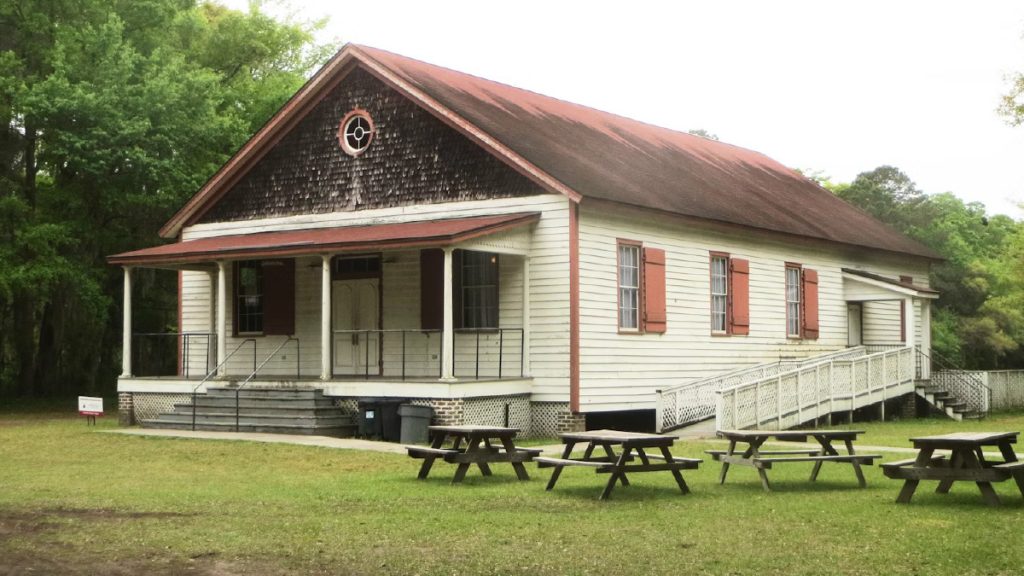TThe Reconstruction Era (1865–1877) was one of the most transformative periods in South Carolina’s history. Following the Civil War, the state faced the immense challenge of rebuilding its devastated economy, infrastructure, and social fabric. Architecture played a crucial role in this renewal, symbolizing resilience, progress, and hope for a more inclusive society. Schools, churches, and civic buildings constructed during this time reflected the aspirations of newly freed African Americans and the evolving political landscape of the postwar South.
The Rise of African American Churches: Centers of Community and Resistance
Perhaps the most significant architectural legacy of Reconstruction in South Carolina is the rise of African American churches. These buildings were more than places of worship; they served as schools, community centers, and hubs of political activism. As newly freed African Americans sought to establish autonomy, they built their churches, often modeled on the Gothic Revival and Romanesque styles of the time.
One of the most notable examples is the Emanuel African Methodist Episcopal (AME) Church in Charleston. While the church predates Reconstruction, it was rebuilt in 1872 after being burned in retaliation for its association with an 1822 slave rebellion. Emanuel AME became a cornerstone of Charleston’s Black community, symbolizing resilience and self-determination. Many other Reconstruction-era churches, such as Mount Zion AME in Charleston and Friendship Baptist Church in Columbia, reflect similar architectural themes of strength and endurance.
The Birth of Black Education: Schools as Symbols of Progress
Education was a central priority for freed African Americans, and architecture played a vital role in their pursuit of knowledge and empowerment. The Penn Center on St. Helena Island, founded in 1862 but expanded during Reconstruction, was one of the first schools in the South to educate formerly enslaved people. Its simple, wood-framed buildings were designed to accommodate large gatherings and emphasize community learning.
Another crucial institution was Claflin University in Orangeburg, founded in 1869. Claflin’s early buildings, like the iconic Tingley Memorial Hall, exhibit Romanesque Revival influences and stand as testaments to the era’s investment in education. Many other historically Black colleges and universities (HBCUs), including Benedict College in Columbia, also trace their origins to this period, demonstrating the deep connection between education and architectural development during Reconstruction.
Preserving Reconstruction-Era Architecture
Despite their historical importance, many Reconstruction-era buildings are at risk due to neglect, demolition, or redevelopment. Efforts to preserve sites like the Reconstruction Era National Historical Park in Beaufort are crucial in safeguarding these architectural landmarks for future generations. Recognizing and restoring these buildings allows us to honor the resilience of those who built them and the values they represented.
Reconstruction-era architecture tells a powerful story of determination, progress, and hope through churches, schools, and civic institutions. By preserving these structures, we ensure that the lessons and legacies of this transformative period remain a vital part of South Carolina’s built environment.
For more on this topic, see:
Reconstruction Era National Historical Park

Reconstruction Era National Historical Park

